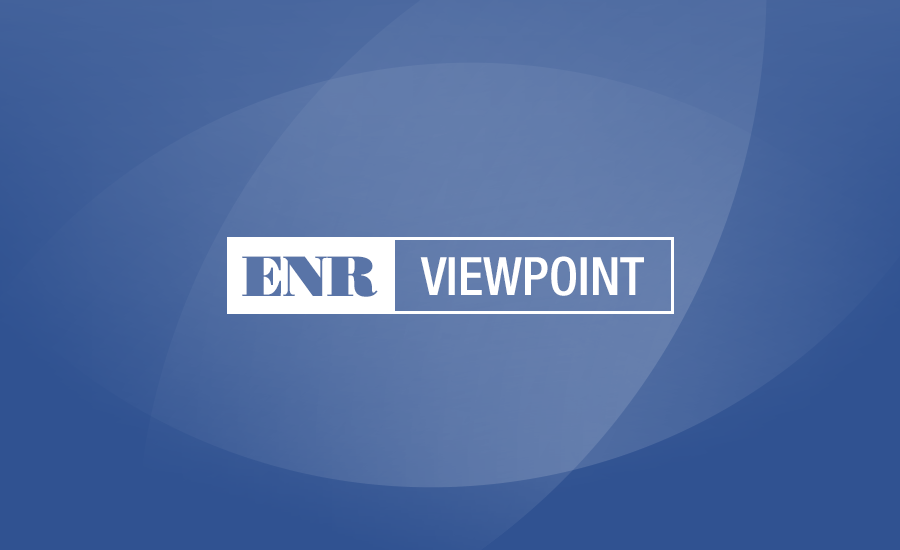The larger lessons of the pandemic can’t be overstated, but bold steps taken by AEC firms to counter its effects are instructional. For example, Boulder Associates, a 140-person Colorado-based health care architecture and interior design firm, responded by revamping its approach to marketing and business development.
The pandemic made easier the overdue decision to move away from printed marketing collateral, replacing it instead with more user-friendly technology. Like many AEC firms, until recently, Boulder’s marketing materials had been stacked on shelves filled with hard-copy brochures. The firm snail-mailed postcards and holiday greeting cards to hundreds of customers. The question that arose during the pandemic-driven shutdown ended it all: “Now where do we send it?”

Rich Friedman is founder and president of AEC industry consulting firm Friedman & Partners. He can be reached at rich@friedmanpartners.com or 508-276-1101.
The company jettisoned its quarterly postcard mailings in favor of electronic communications. Jenny Hastings, a principal and interior designer who recently took on the role of marketing director, says: “We want to give clients the information they’re looking for, not just tell them who we are. They know who we are. They need to know what we can do for them.” Hastings adds that a positive side effect of moving away from printed materials is improvement in the firm’s sustainability performance. By not sending hundreds of postcards a year, the firm contributes less to the overburdened waste stream.
Boulder Associates also has focused its pandemic-era BD efforts on retaining the personal touch, even if people are miles apart and connecting by video or phone. “Early on, we weren’t sure if we could make meaningful connections virtually, but we have,” Hastings says. “Now, it’s ‘Hey, can we do a quick 30-mimute Zoom?’ Everyone was stuck at home, and we made a lot of meaningful connections because everyone is in the same situation. There are a lot of people I met first or only on a video chat, and there is an immediate connection due to the fact that we’re all dealing with extraordinary circumstances.”
Hastings says the increased acceptance of video conferencing also has improved the flow of communications from office to office within the firm. For this reason, she established a schedule of regular office check-ins. “Part of my work is to keep our BD teams more connected,” she says. “We have eight offices with 140 people trying to stay connected, and if one office is chasing a project, they might be leveraging the expertise in another. It’s not that we didn’t share that information before, but it wasn’t as intentional or deliberate.”
But also, because “clients move the system,” the firm is engaging more successfully externally as well. “What has shaped a lot of what we’re doing is that relationships are king,” she says. “Internal, external, with clients, with contractor partners … everything about the work we do is relationship driven. We’re 100% health care and senior living, so we eat, sleep and breathe these projects. Everything hinges on the relationships we make and foster.”
To that end, Boulder Associates is amplifying the role of its “BA/Science” group, internal professionals with expertise in research, lean design and construction, process improvement and sustainability. Each of its members assesses all major projects to determine if they can—individually or collectively—offer specialized insights that will substantially improve the outcome.
“It’s a way to bring a different lens to a project,” she says.


Post a comment to this article
Report Abusive Comment